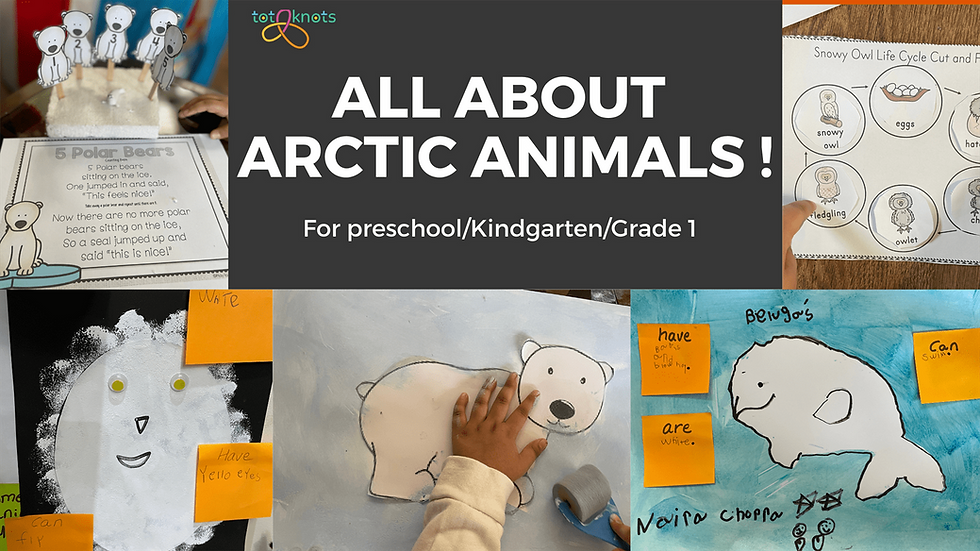
The next day, we dive deep into the arctic region and create a schema chart to record our previous knowledge.
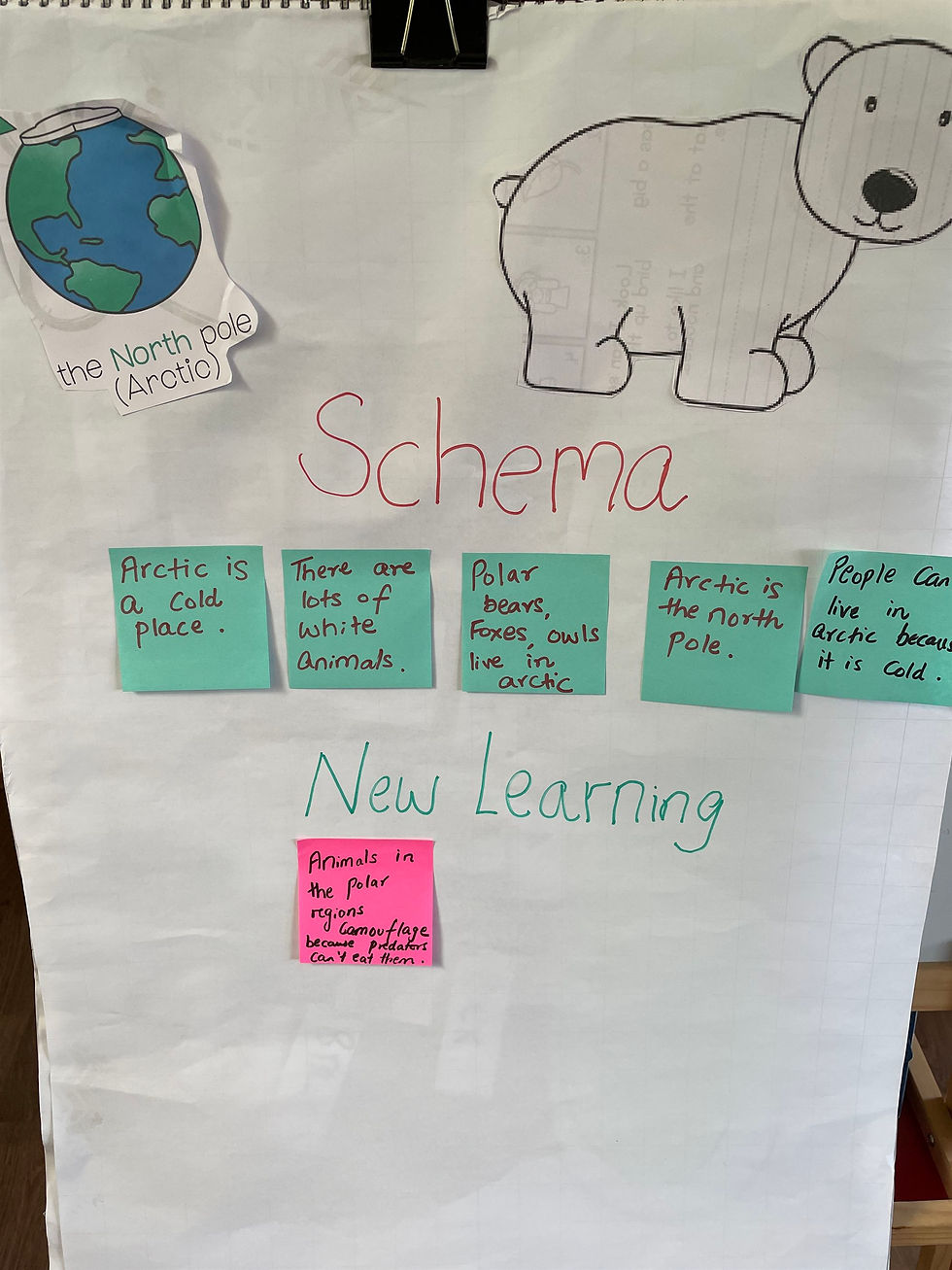
The sensory bin made out of fake snow and arctic animals provides a great learning opportunity to find and name the animals.
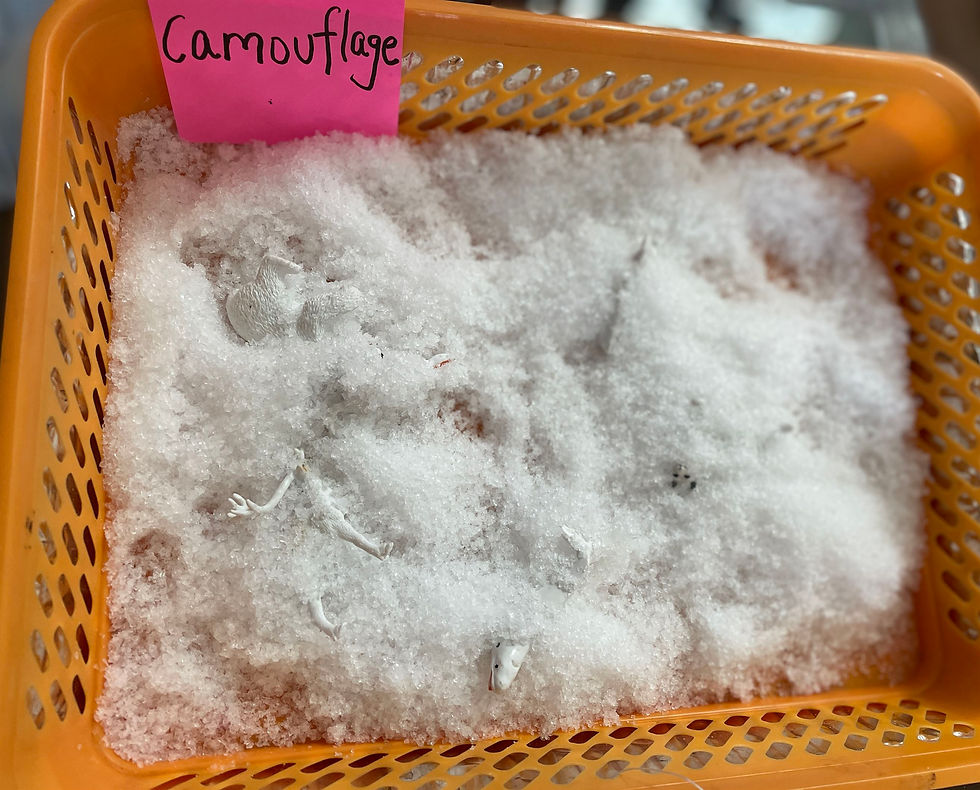
At this point, we also discuss how most animals found in the polar regions can camouflage because of their colour. We follow up with a fun riddle game.
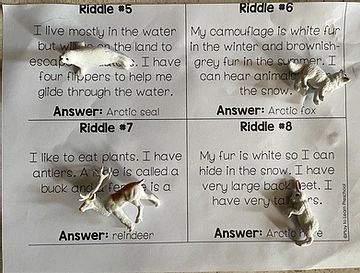
This book about the Arctic is a fantastic way to introduce the north pole to young learners. It is simple and informative and perfect for young ones to comprehend. We add our new learning to the schema chart after reading this book.
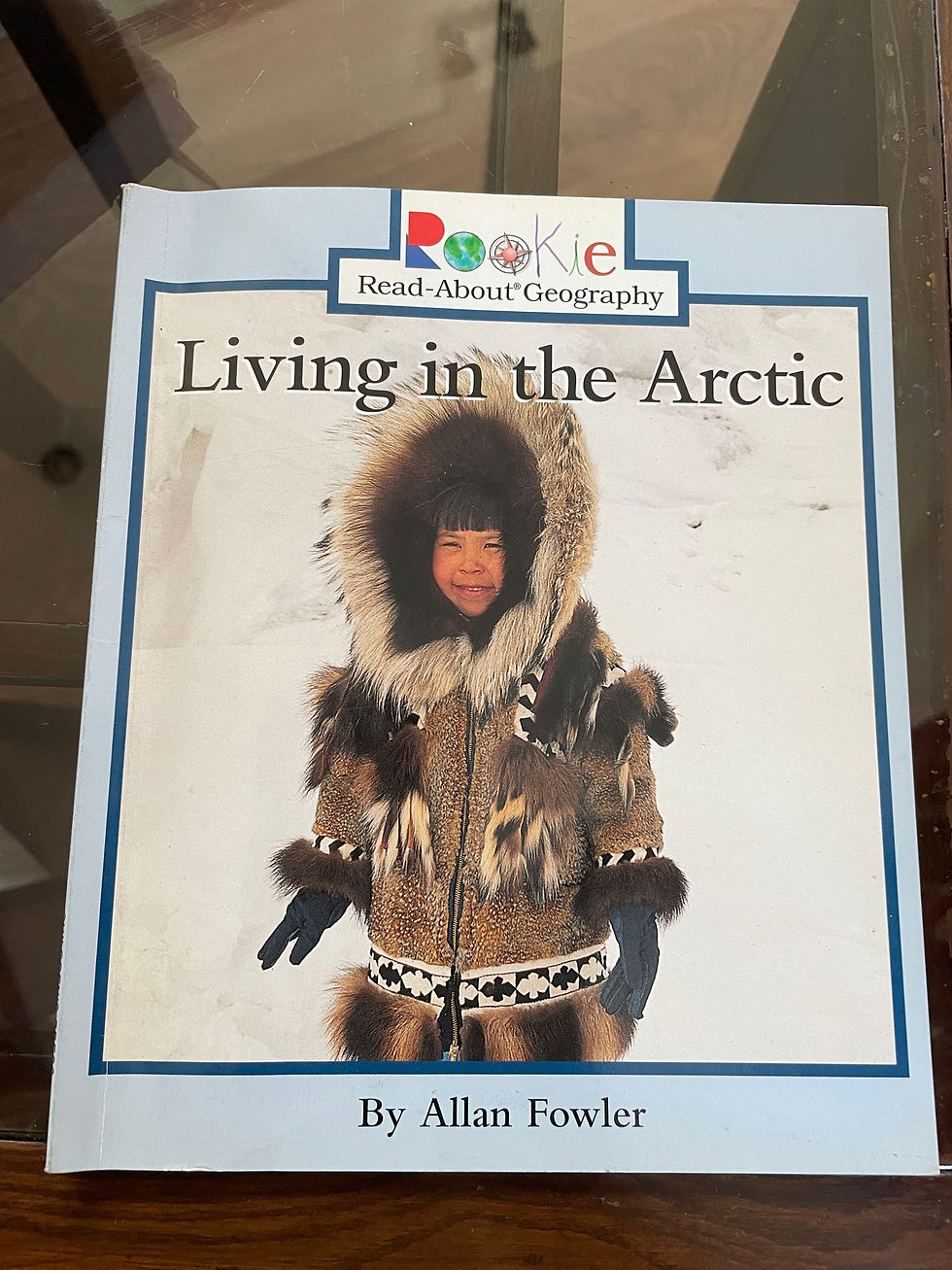
On the third day, we discuss polar bears. Watching the polar bears in the video below really got us excited to talk about this huge animal found in the Arctic.
We love art projects, so a simple polar bear art was a must. I printed a template and stuck it on white paper. The little one painted around the template and then removed it once it was done. She then traced the polar bear and gave it eyes and a nose.
We conducted an experiment to see how polar bears stay warm in the cold. The little one dipped her hand in ice and explained how she felt. Then I told her to place her hand in a bag that was full of clarified butter.(The butter was placed in another bag to avoid greasy hands later). She again dipped her hand with the butter bag and explained how she felt. We talked about blubber which is the fat that polar bears have and its what keeps them warm.
We ended the day by singing this fun polar bear song.
After Polar bears, we studied the Beluga whale. We sang an awesome song by Raffi about the baby beluga. And read an adorable book, 'Hello, Baby Beluga' by Darrin Lunde. The book provided information in a very simple way.
We followed up with a simple craft and added a tree map about Belugas.
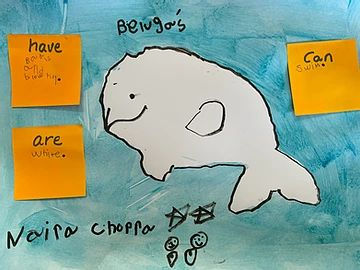
We also talked about the whale parts and labeled it.
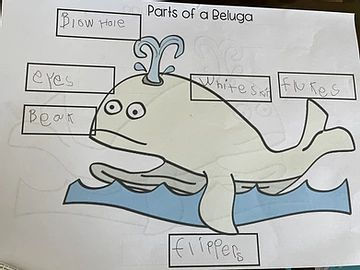
The next animal on our list was the snowy owl. Lots of books helped us to gather information about this beautiful bird. One of our favourite's was 'Snowy Owls' by Melissa Ann Hill.
We talked how a baby owl is born and how they adapt to the cold environment. We created a life cycle chart and loved making our snowy owl craft.
Don't forget to listen to our adorable owl song!
This is how our schema chart looked at the end of our unit.
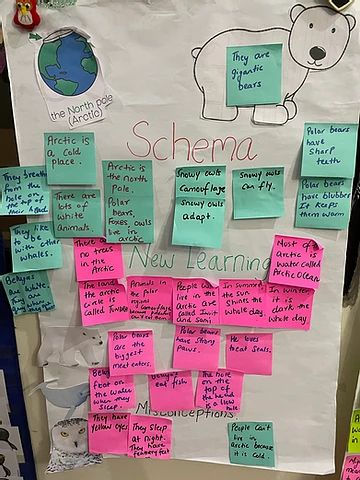
Hope you gathered some useful ideas about the arctic animals. I would love to know which ones you tried with your students or children at home.








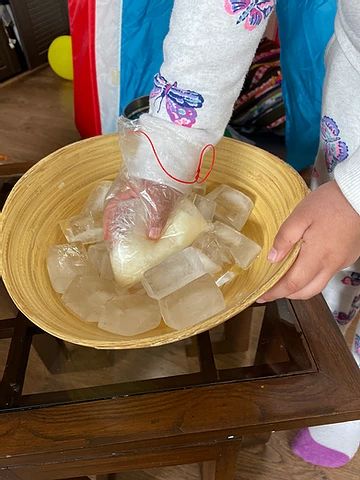

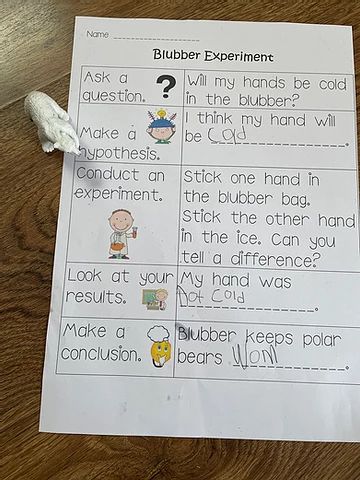

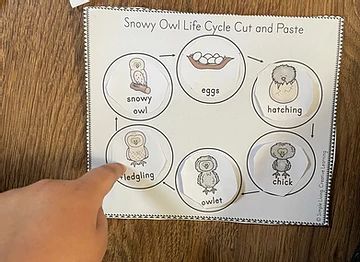

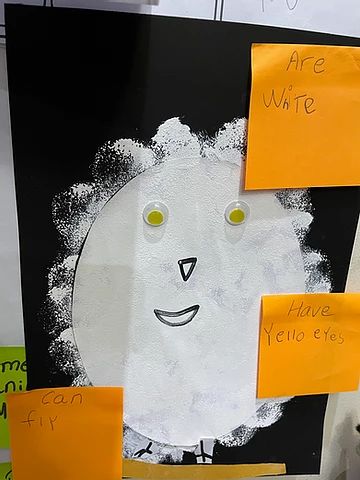
Comments